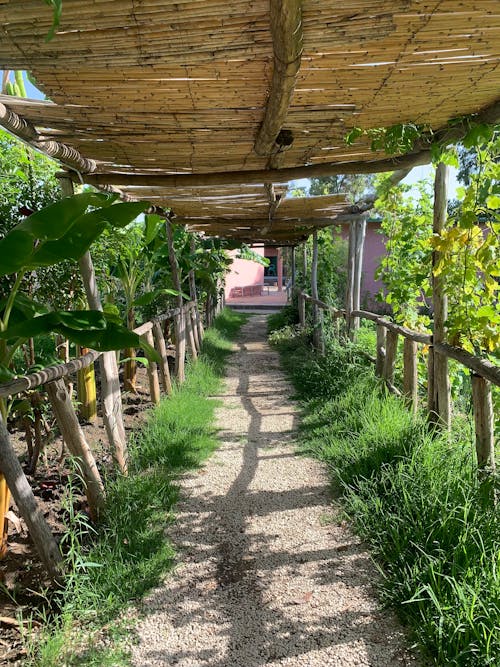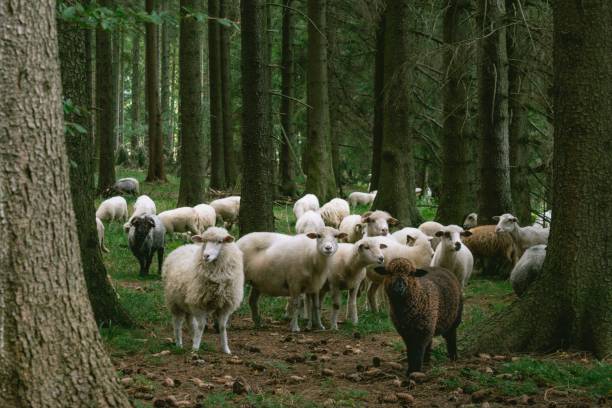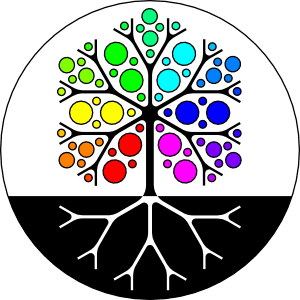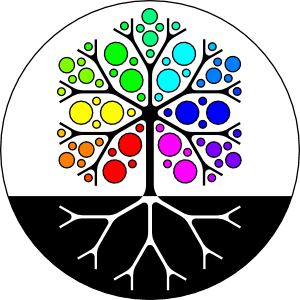Permaculture is a design philosophy and system that works with nature to create sustainable and regenerative ways of living. It integrates land, resources, people, and the environment through mutually beneficial relationships, emphasizing long-term sustainability over short-term gains. At its core, permaculture seeks to build resilient ecosystems that provide food, shelter, and community prosperity while restoring the natural world.

A Brief History of Permaculture
Originating in the 1970s, permaculture was first conceptualized by Bill Mollison and David Holmgren as a response to unsustainable agricultural practices. Since then, it has evolved into a global movement, influencing fields such as regenerative farming, urban planning, and sustainable business models.

The Three Ethics of Permaculture
Permaculture is rooted in three core ethics that guide all design decisions:
1. Earth Care – Nurturing and restoring the land, ensuring that natural ecosystems remain healthy and abundant for future generations.
2. People Care – Supporting and strengthening communities by providing for human needs in a way that respects well-being and dignity.
3. Fair Share (Redistribution of Surplus) – Creating balanced systems that avoid excess and ensure resources are fairly distributed among people and nature.

The 12 Principles of Permaculture
Developed by permaculture co-founder David Holmgren, these principles serve as guidelines for designing systems that are efficient, resilient, and sustainable:
1. Observe and Interact – Learn from nature and adapt to its rhythms.
2. Catch and Store Energy – Harness renewable resources like sunlight, water, and soil fertility.
3. Obtain a Yield – Ensure that designs produce tangible benefits for people and the environment.
4. Apply Self-Regulation and Accept Feedback – Continuously improve systems by learning from results.
5. Use and Value Renewable Resources and Services – Prioritize natural cycles over finite, extractive resources.
6. Produce No Waste – Design closed-loop systems where every output becomes a resource.
7. Design from Patterns to Details – Work with natural patterns to create effective, harmonious designs.
8. Integrate Rather Than Segregate – Encourage beneficial relationships between elements of a system.
9. Use Small and Slow Solutions – Favor gradual, sustainable change over rapid, large-scale interventions.
10. Use and Value Diversity – Increase resilience by incorporating diverse species and ideas.
11. Use Edges and Value the Marginal – Recognize that the most productive spaces exist at the intersections of different ecosystems.
12. Creatively Use and Respond to Change – Adapt to challenges with innovative solutions.

How Permaculture is Applied
Permaculture can be implemented in a variety of ways, from backyard gardens to large-scale agricultural and economic systems. Some key areas where permaculture principles are applied include:
At World Tree Permaculture, we believe in applying these principles to create practical solutions for food security, ecological restoration, and economic sustainability. By working with nature instead of against it, we can build a future that is abundant, resilient, and just.

